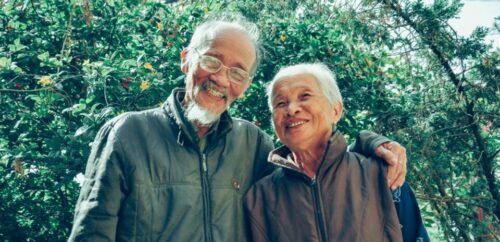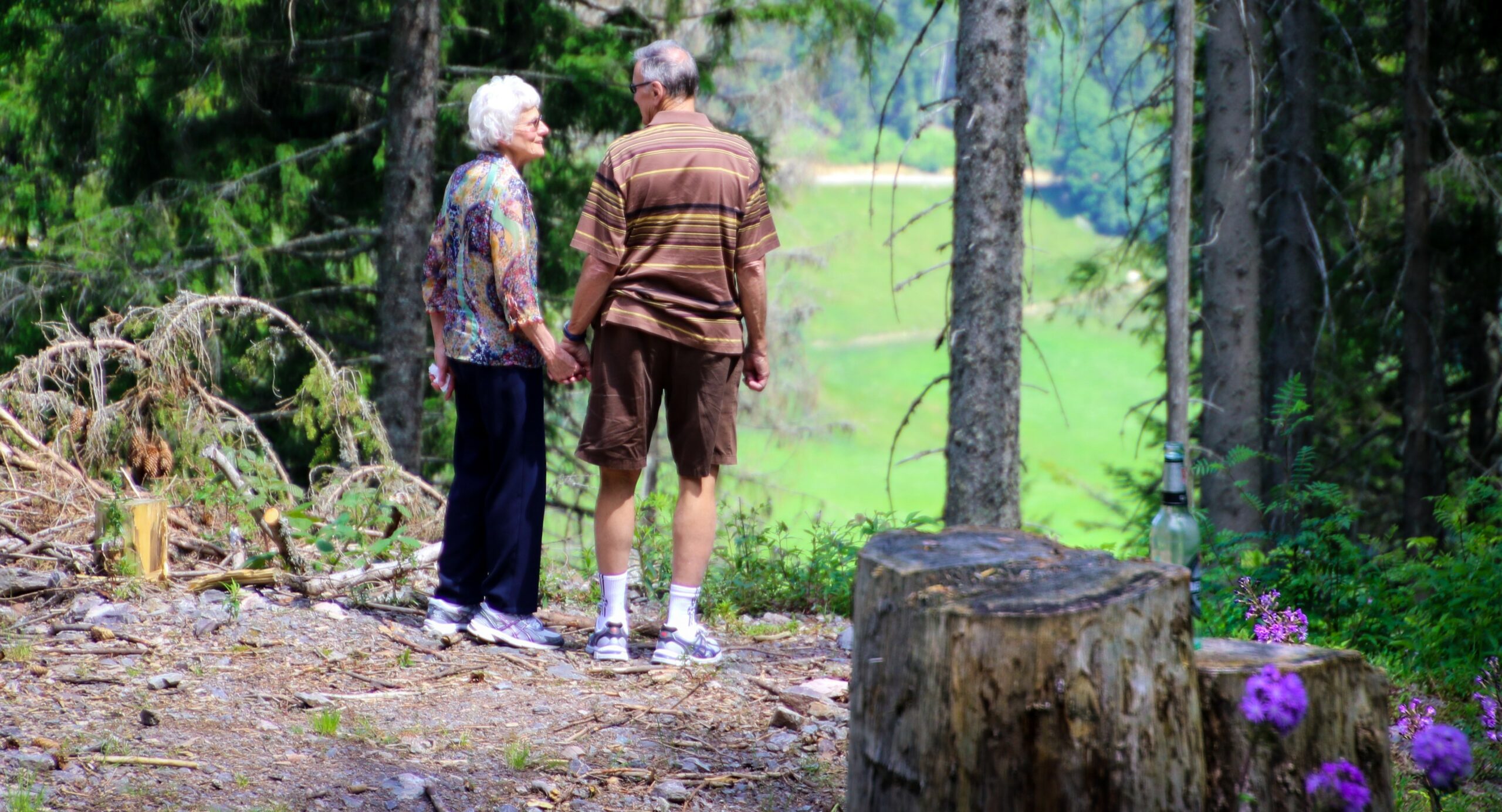As we age, your bones become less dense. We may become more prone to injury. Osteoporosis occurs when the bones become more porous rather than solid and strong. Let’s look at osteoporosis treatment guidelines, and how to build strong bones. Here we can find some helpful information.
When osteoporosis affects vertebrae, or the bones of the spine, it often leads to a stooped or hunched posture. It can affect any bone in the body, but the most common bones are that of the wrists, spine and hips. These fractures cause a lot of personal suffering and loss of quality of life.
Choosing the right activities for people with osteoporosis
- Strength training activities
- Weight-bearing activities
- Flexibility activities
- Stability and balance activities
Tips to Build Strong Bones
- Eat a variety of fruit and vegetables. Vegetables are a good source of vitamin C. Studies show that green and yellow vegetables help supply minerals to the bones. Five daily servings of fruit and vegetables are recommended.
- Add Vitamin D to your Diet. Many of us in North America do not get enough Vitamin D from the sun. Taking a vitamin D supplement is beneficial to see that you meet your vitamin D and calcium requirement. Ask your doctor of pharmacist what the recommended dose would be for your area.
Get Enough Sleep
- Getting enough sleep gives your body time to strengthen and repair your bones.
- Do strength training exercises. Strength training can be done using your own body weight or using resistance bands. Using your own body weight would include walking, stair climbing and gardening. As we age, many of us notice our strength decrease. Weight bearing or resistance exercise increases your muscle mass. Properly done exercise can help to strengthen the bones as well.
Stress Less
- Reduce your stress levels. Worry and anxiety deplete the bones of their resilience. They are primarily damaged by the sympathetic nervous system and adrenal stress hormones.
- Control your vices. Tobacco and excessive consumption of alcohol is associated with loss of bone density. Look into a program to help you quit.
Bones Live and Grow
Bone is a living growing tissue, made mostly of collagen. Calcium phosphate is the mineral which hardens the framework. This combination makes the bone strong and flexible.
You can get your bone mineral density tested. Ask your doctor to get a simple X-ray test which measures bone mineral density. This will help determine your risk of osteoporosis and fractured bones. If your doctor determines that you have a problem with loss in bone density, he/she may prescribe medications to help prevent fractures.
Swimming and biking are non-weight bearing exercises, so they would not be as beneficial for bone-strengthening. Walking is the safest weight-bearing exercise there is.
Improve Balance
If you have osteoporosis, you may think that exercise will lead to a fracture. However, certain types of exercise strengthen muscles and bones,. Other types of exercise improve your balance. This, in turn, can help prevent falls. Simply walking is a safe exercise that will build your bones.
Movements to Avoid
If you have osteoporosis, you do not want to do the following types of exercises:
- High-impact Exercises, such as jogging. Avoid rapid movements. Choose exercises with slow, controlled movements.
- Bending and Twisting. Don’t bend at the waist in your exercise routine, touch your toes or do sit-ups, Avoid other exercises that require twisting, such as golfing, tennis or bowling.
Walking is a good way to increase bone density. Did you know that if you stomp your feet (but not too hard!) you may increase bone density in your hips! Four stomps on each foot twice a day using enough pressure to crush a pop can may be a good guideline!
Check with Your Doctor
A talk with your doctor will help you know how porous your bones are. Your doctor can recommend what exercises you should safely be able to do. You do want to still be active and have fun.
Improving your posture will help to reduce the risk of fractures, as a body in proper alignment with itself is in the best place to support itself. As we strengthen our muscles, it helps keeps our bones aligned with one another.
Range of Motion
Moving your muscles through their full range of motion helps keep you flexible. Warm up your muscles with dynamic stretches. Give yourself a 10-minute warm-up and a 10-minute cool down.
Gentle stretching will encourage good posture and ensure that your spine is in its neutral position. Strengthening your lower abdominal and back muscles will help you have that optimal neutral spine position.
Perform stretches slowly and evenly but not to the point of pain. Avoid stretches that cause you to bend at the waist. Your doctor knows which stretches are best for you.
Have a Plan
As we age, it is more difficult to lose weight and build muscle and bone. You need a healthy diet and exercise routine.
Proper exercise and a healthy diet improve your overall health. A healthy routine helps to reduce LDL cholesterol, reduce triglycerides and increase HDL cholesterol.
Prevention Tips
If you have osteoporosis, it is important to protect yourself from falling. As you keep your home surroundings safe, you are less likely to fall and break any bones.
Make certain that there is enough light in your home. Remove throw rugs which you may trip over. Check your house for electrical cords that you may trip over. Avoid area rugs and slippery surfaces in your home in order to prevent falls.
Wear low-heeled shoes with nonslip soles. Install grab bars just inside and outside your bathtub or shower. Put up sturdy handrails on your stairs.
Exercise
Find appropriate exercises to increase your strength and balance.
For more information about exercises to preserve your bones, your can check out the website of the National Osteoporosis Foundation. at
Osteoporosis Alternative Treatments
Traditional Chinese medicine uses acupuncture. They place very thin needles in strategic points on the body. This stimulates various body functions and organs to promote healing.
Tai chi is an ancient Chinese practice that increases your immune function and overall well-being. It improves muscle strength, coordination, and balance. You will find reduced muscle and joint pain and stiffness.
The list below, of Success Tactics applies to any and every area of each of our lives. It seemed good enough that I just had to include them here.
I hope you enjoy them!
Success Tactics
- Slowly build an exercise plan.
- Resistance bands are a safe way to exercise and strengthen your bones.
- You are unique, but so is everyone else.
- Put on your walking shoes and walk!
- Don’t live in the past. Have a bigger windshield than rear-view mirror!
- Don’t waste today. Start now.
In Summary
Bone is a living growing tissue, made mostly of collagen. Calcium phosphate is the mineral which hardens the framework. This combination makes the bone strong and flexible. A simple X-ray test, ordered by your doctor, can measure bone mineral density to see how strong your bones are. Resistance training helps to build strong bones.
Please Leave a Comment
I would love to hear from you. What are your thoughts? How would you keep active if osteoporosis tried to slow you down? What would you do?
Disclaimer: If you have any concerns or questions about your health, you should always consult with a physician or other healthcare professional. No content on this site should be substituted for direct medical advice from your doctor or other qualified healthcare practitioner. The information contained here is for informational purposes only. It is from my research and personal experience.


Thanks for this post. As someone who has a family history of osteoporosis, I can’t stress enough how important your tips to avoiding it are. It really comes down to a balanced diet, exercise, and healthy habits. I am a big fan of weight bearing exercise and have been for a long time. Perhaps that is evidenced by the fact that I have yet to break any bones in my 34 years on earth! My hope is that people with a family history like mine will read this article and take it to heart! Thanks again!
By keeping moving and putting your weight on your bones as you walk you are strengthening your bones. Walking is a very good way to keep your bones strong. With a family history of osteoporosis it is good to keep in contact with your family practitioner.
A balanced diet, exercise, and healthy habits are one of the best things we can do for our bodies, and we can start that at home.
Thanks for sharing this information. I really appreciate that you explained some of the underlying factors like body chemistry that affects our bone strength. I am luckily not old enough yet to worry about osteoporosis but that time is coming. Is there anything you recommend people do now to strengthen our bones before this becomes an issue? As a type 2 diabetic are there any special concerns I should be aware of? Thanks for sharing.
Simply by walking you can strengthen your bones. They are a living organism, and carrying the weight of your body will help them grow stronger than just sitting in a chair or lying on the couch.
Walking is also good for diabetics. Any exercise that gets your blood pumping and you breathing at a good rate will do your body well. If you are in good physical shape you will want to find challenging exercise to do like running.
It is better to keep our bodies in good shape than try to get them back into shape once they are out of shape. 🙂
Thanks for your comments. All the best.